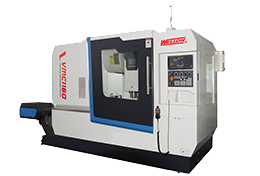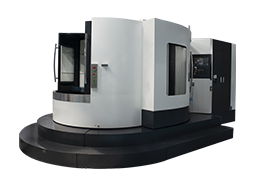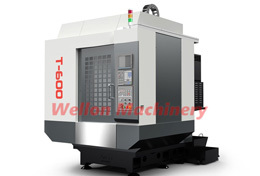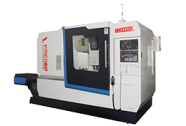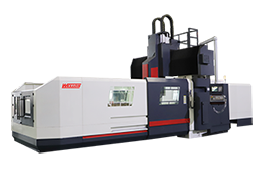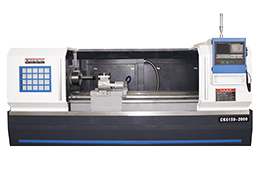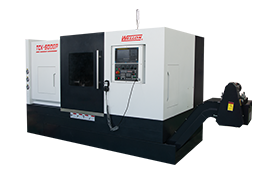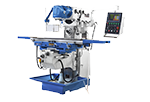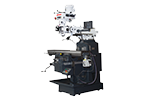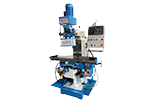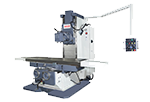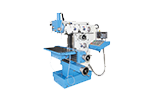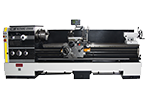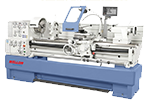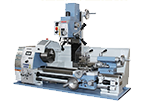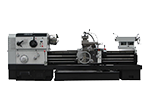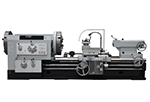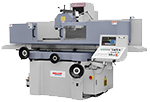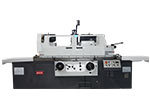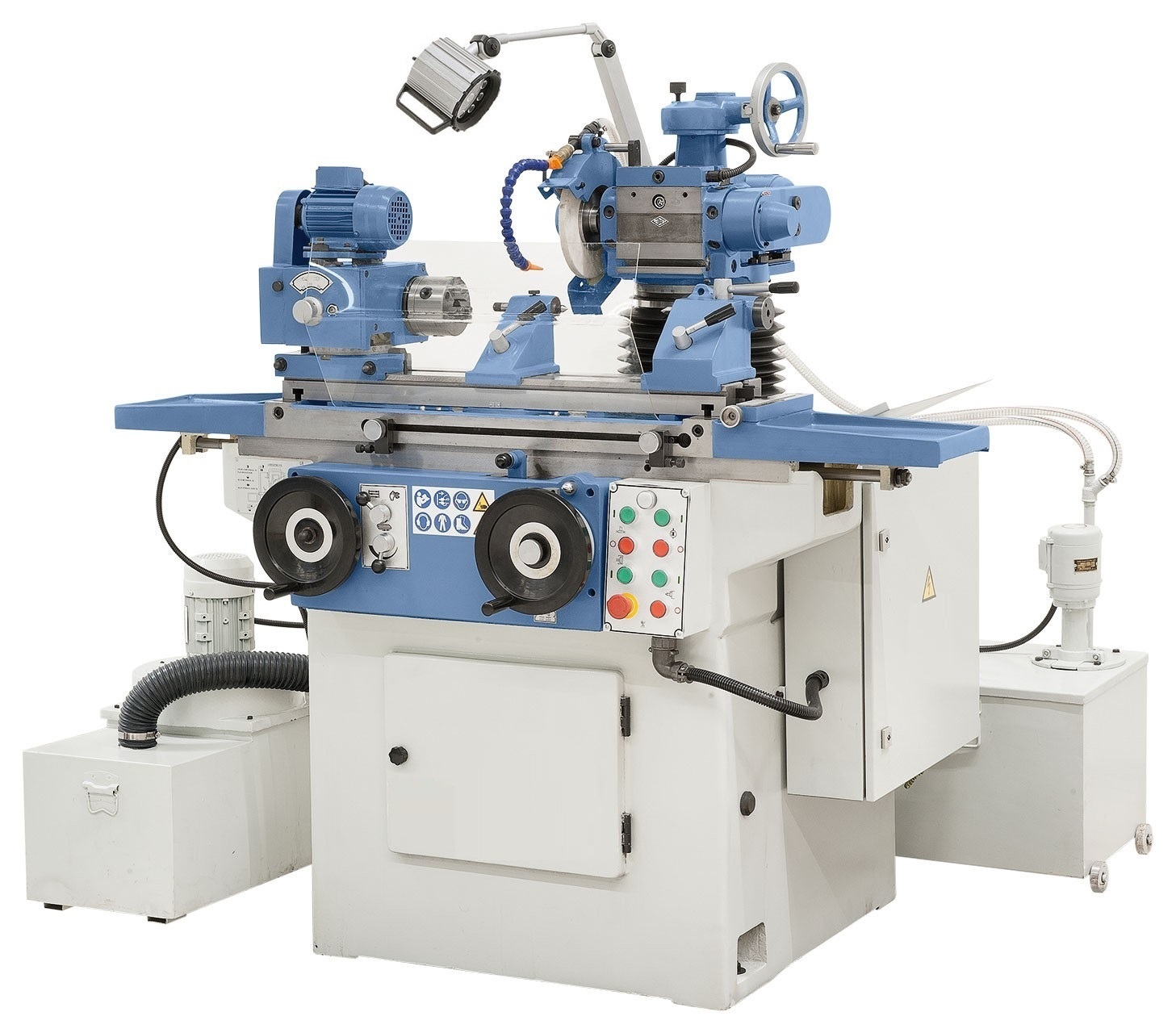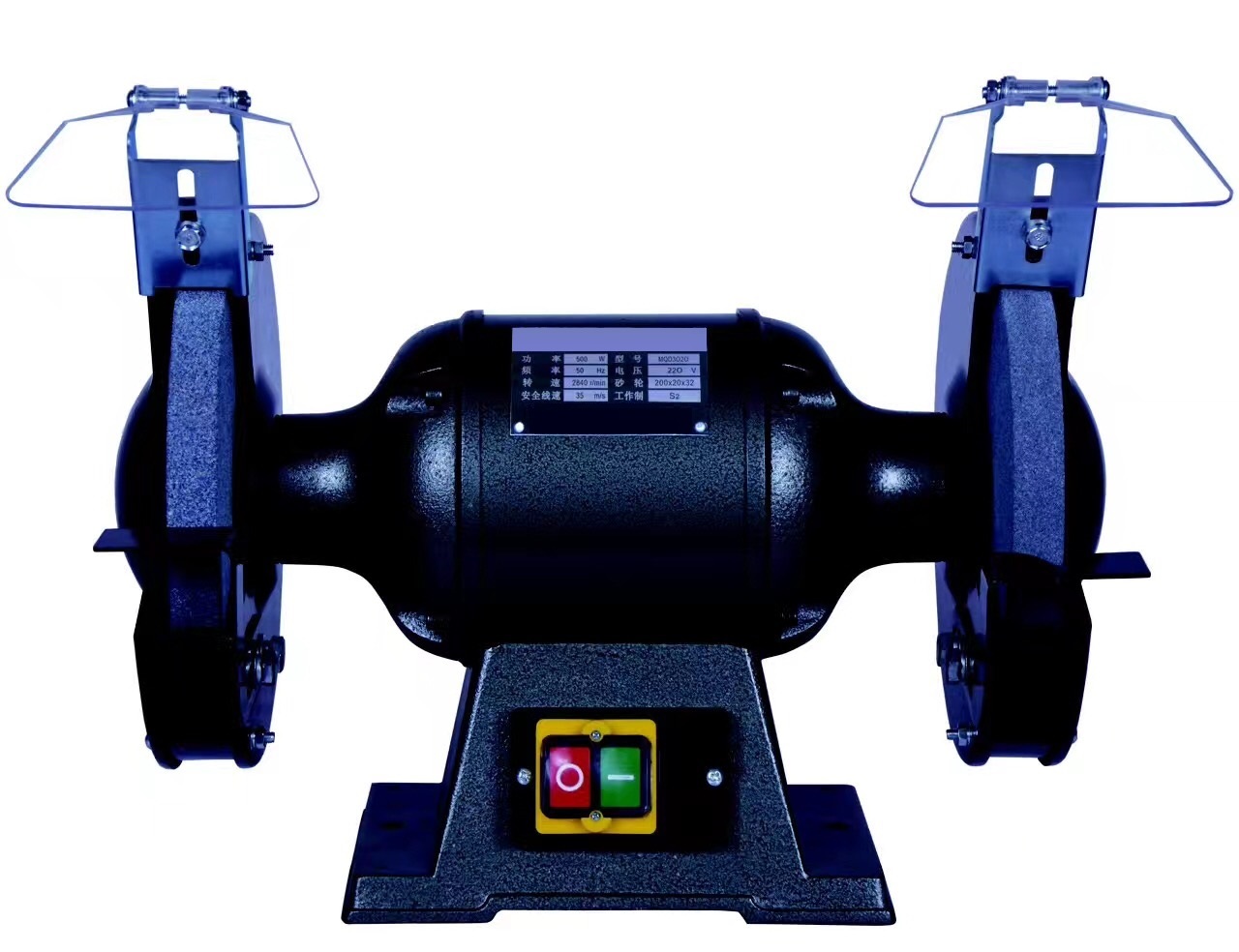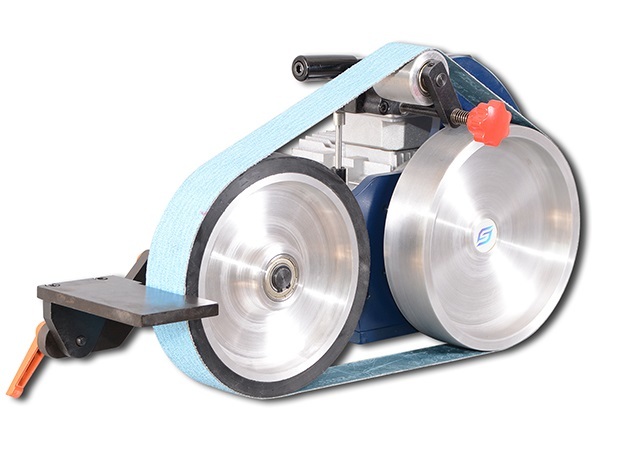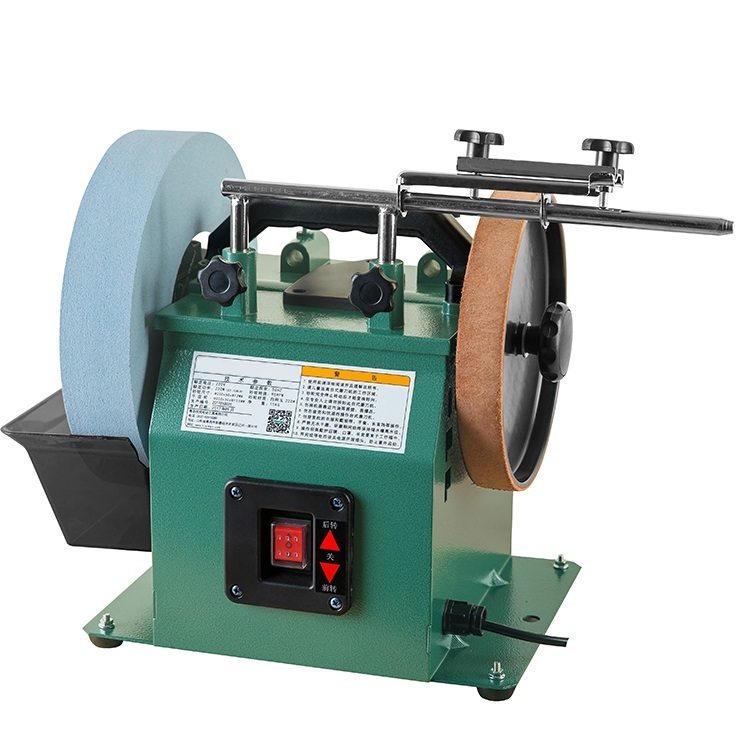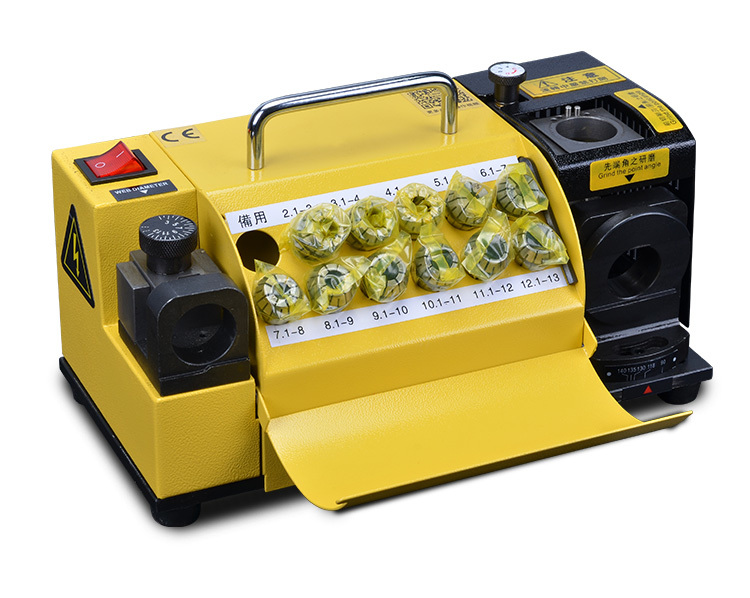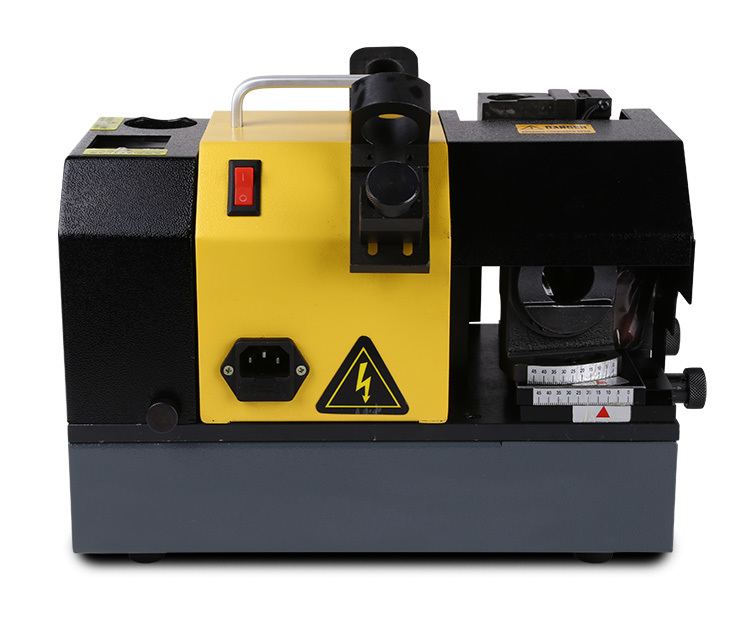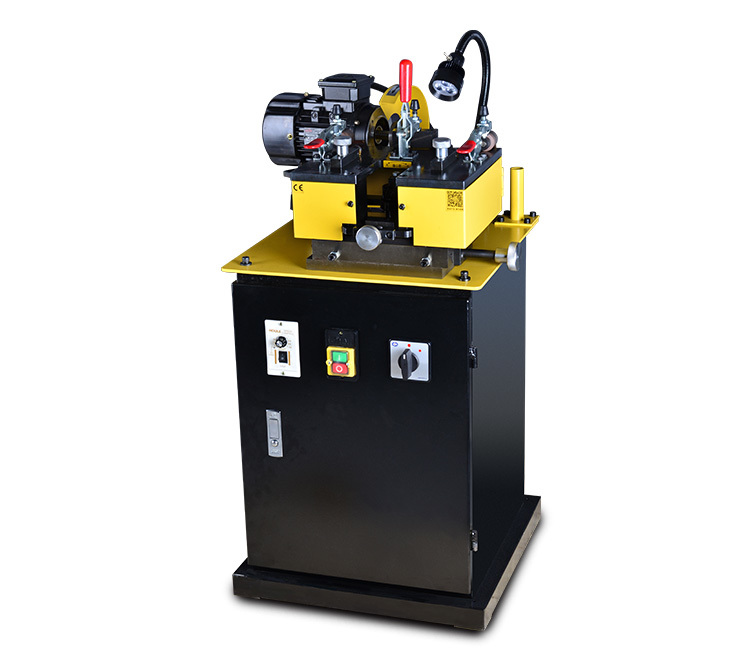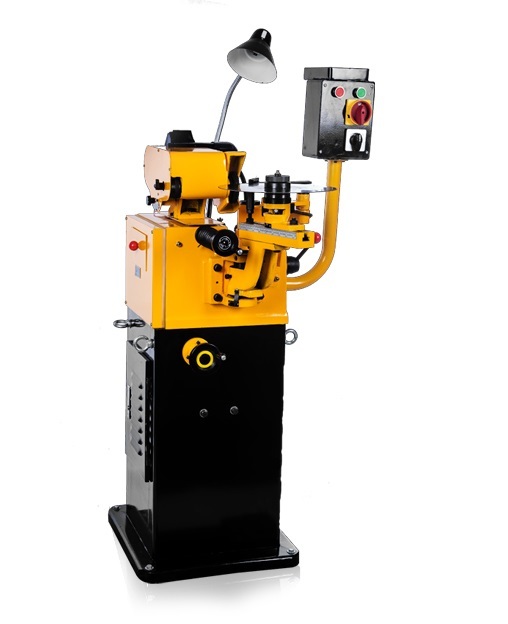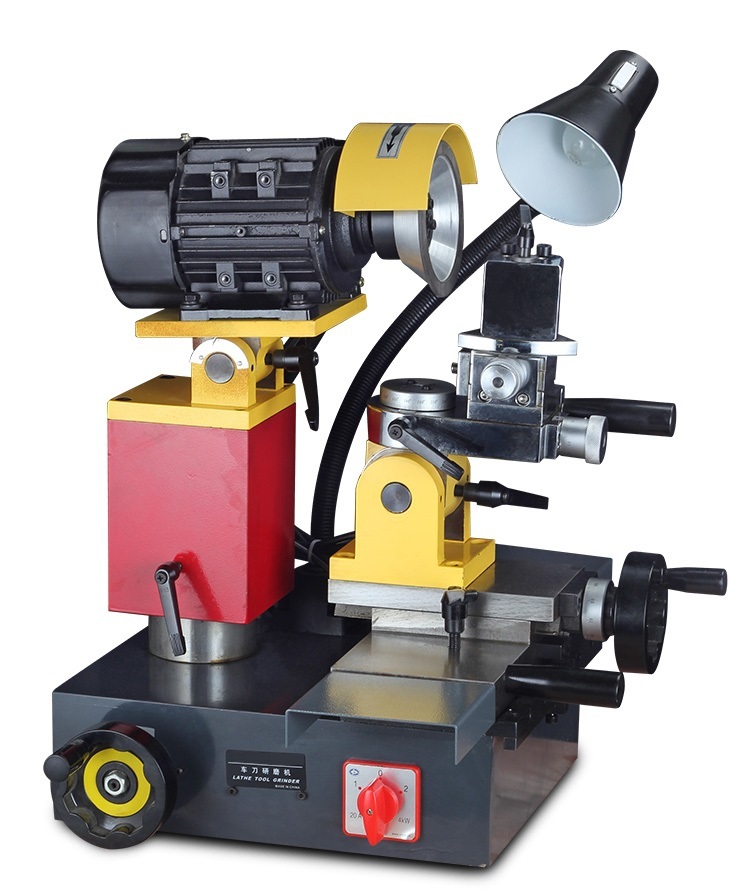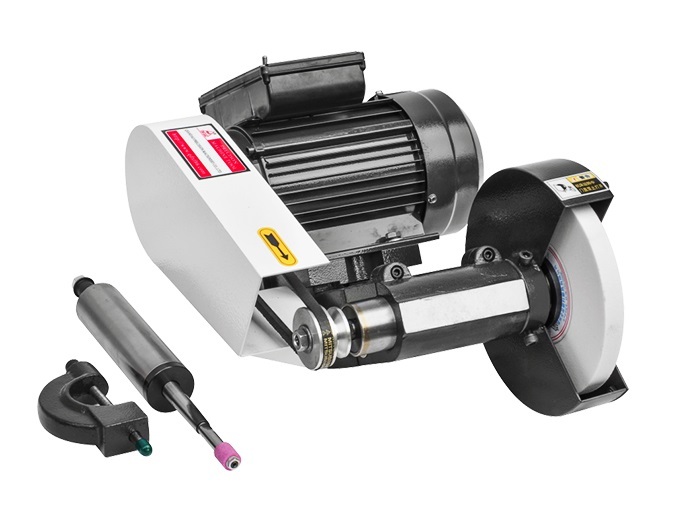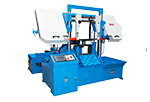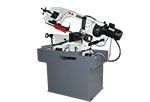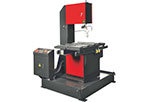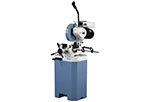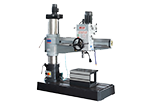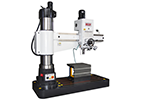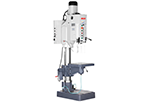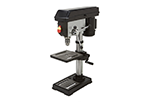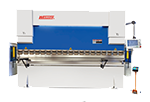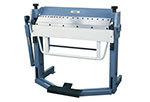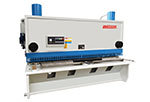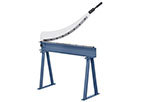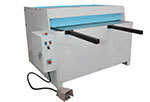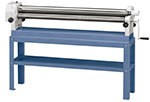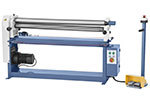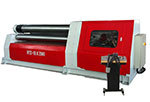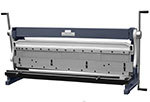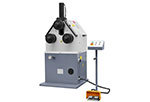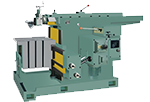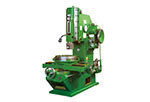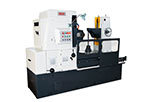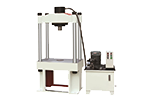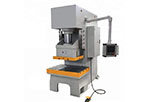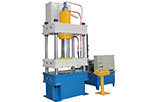Safety operating procedures and civilized production for milling machines
Before work, it is necessary to wear work clothes, and girls must wear work hats. Their braids must not be exposed, and they must wear protective glasses.
1. Safety operating procedures
① Before work, it is necessary to wear work clothes, and girls must wear work hats. Their braids must not be exposed, and they must wear protective glasses.
② Wearing vests, skirts, slippers, sandals, and high heels is not allowed to enter the training workshop.
③ It is not allowed to wear gloves to operate the milling machine.
④ Before work, carefully check the milling machine for any abnormalities and add lubricating oil and coolant to the specified areas.
⑤ Before starting machining, install the cutting tool and then clamp the workpiece. The workpiece clamping must be firm and reliable, and it is strictly prohibited to use the power of the milling machine to clamp the tool rod and pull rod.
⑥ The spindle speed change must be stopped. When changing speed, first open the speed change operating handle, select the speed, and finally reset the operating handle at an appropriate speed (if the speed is too fast during reset, it is difficult to activate the impulse switch; if it is too slow, it is easy to reach the starting state, and it is easy to damage the meshing gears).
⑦ Before starting milling processing, the tool must be away from the workpiece for a certain distance, and the rotation direction of the milling cutter should be checked relative to the position of the workpiece to determine whether it is clockwise or counterclockwise milling. Usually, forward milling is not used, but reverse milling is used. If it is necessary to use forward milling, the gap between the workbench screw and nut should be adjusted to a suitable degree in advance before milling.
⑧ During the processing of workpieces, if automatic feeding is used, attention must be paid to the extreme position of the stroke, and the relative position between the milling cutter and the workpiece fixture must be closely monitored to prevent damage to the tool and fixture due to overfilling or collision with the milling fixture.
⑨ During processing, it is strictly prohibited to place excess workpieces, fixtures, cutting tools, measuring tools, etc. on the workbench to prevent personal and equipment accidents from colliding or falling.
⑩ When stopping midway to measure the workpiece, it is not allowed to forcefully brake the milling cutter spindle with inertia rotation by hand.
⑪ After the milled workpiece is taken out, the burrs should be removed in a timely manner to prevent finger strain or scratches on other stacked workpieces.
When an accident occurs, the power should be immediately cut off to protect the site, participate in accident analysis, and bear the responsibility for the accident.
2. Civilized production
① The milling machine should be cleaned once a day, cleaned once a week, and maintained at the first level on time; Clean the work site, pour the chips into the designated location, and keep the machine tool neat and clean.
② During operation, tools and measuring tools should be classified and neatly placed on the tool rack, and should not be randomly placed on the workbench or mixed with chips.
③ The operator should keep the surrounding area clean and free of oil stains, accumulated water, or oil on the ground.
④ During the operation of the machine tool, it is not allowed to leave the position or entrust others to take care of it without authorization; No chatting, teasing, or joking.
⑤ When two or more people operate a milling machine together, strict division of labor and segmented operation must be carried out. It is strictly prohibited for multiple people to operate the same machine tool at the same time.
⑥ During high-speed milling, shielding plates should be set up to prevent iron filings from splashing and injuring people.
⑦ After the work is completed, the milling machine should be carefully cleaned, refueled, and the workbench should be moved towards the vertical guide rail.
⑧ Pack up the tools, fixtures, and measuring tools used, place them in the toolbox, and submit the workpieces for inspection.
⑨ Keep the drawings or process documents clean and complete.
FEEDBACK

